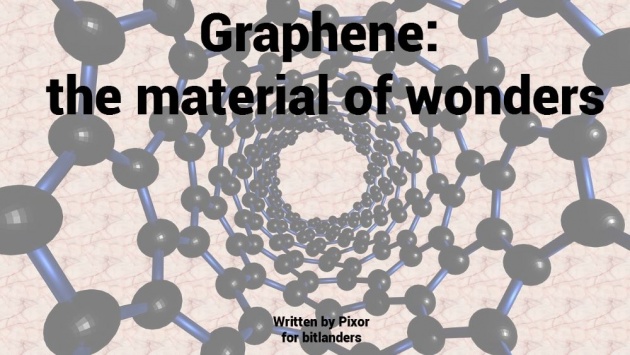Graphene: the material of wonders
Image edited by Pixor.
Original Image Credits: cintersimone Via Pixabay
Introduction
Sometimes, the simplest and most common things hide a treasure of such huge value that can really change the World. Did you ever imagine that the progress of the humanity would depend on a pencil? Yes, a pencil. Pensil, one of the most ingenious, simple and common inventions, hides a very unvaluable secret: a new material that has innumerable applicative possibilities and that can totally revolutionize every single field from medicine to dresses. This material is graphene.
What is it? What are its properties? Why is it so much important for the progress of humanity? In this blog I am going to answer every single question, talking about everything we know about it so far.
Graphene
Before we get into the main topic it's very important to talk about graphite. Graphite is a dark opaque mineral, characterized by striations, that was discovered during XVI century by the english shepards. They noticed that rubbing this metallic-looking stone on the sheep, a dark sign remained on their wool, so they started to use it to mark their sheep in order to distinguish them. Around 1560 two italians, the Bernacotti's, had one of the most brilliant ideas ever, that changed the world: they thought to cut the graphite in the shape of very thin tubes and insert them into a wood involucre; in that day the pencil was born.
From a chemical point of view, graphite is composed of a lot of overlapping plans, each one characterized by carbon atoms disposed in an exagonal shape; it's a good electricity conductor and it has the highest fusion temperature (3500°C). It is used, as well as in pencils, also like a lubricant, dye and to produce electrodes.
Until 2004 no one thought it would have been possible to produce a bidimensional material, i.e. a material whose thikness is almost zero. However, in 2004 during a Friday night experiment (the most creative ones), Andre Geim and Konstantin Novoselov, professors at the Manchester University, after having sharpened a pencil, decided to take a piece of graphite and put it on the tape; then they started to play with it by exfoliating its layers and they noticed that it was becoming always more transparent; this meant that the material was becoming always thinner so, after a certain number of attempts, they observed at the microscope and... voilà: they obtained a single graphite layer: graphene. Thanks to this "algorithm" they won the Nobel Price in Physics in 2010.
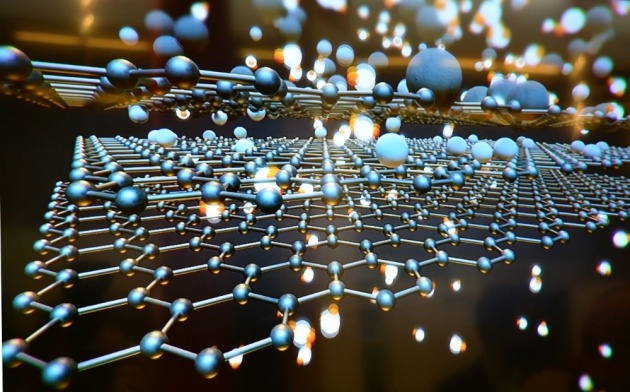
Image Credits: seagul Via Pixabay
This techinique doesn't work with all the materials; in fact, if we wanted to exfoliate a piece of iron with this technique, we wouldn't obtain any result. So, why it did it work with graphite? The answer is inside the graphite chemical structure: we already said that it is composed of overlapped layers made of carbon atoms in the shape of a honeycomb; the atoms belonging to the same layer are bounded each other through a covalent bound, which is the strongest one; instead, the atoms belonging to two adjacent layers are held together not by covalent bonds but by weak attractive or repulsive forces between molecules, known as Van der Waals forces, which can be easily overcome by applying relatively small forces.
In order to describe better graphite and graphene, we can imagine the graphite as a book made of hundreds overlapping pages; each page represents a graphene layer. Opening the book is an easy task because the pages are held together by a weak force but we can't easyly divide a single page just by stretching it.
Properties of graphene
While graphite, in general, does not have particularly interesting properties, graphene, thanks to the very strong bonds between the carbon atoms, arranged in a honeycomb pattern, has many interesting properties:
- it is ultra thin: it is the thinnest material in the world, since it is made up of a layer whose thickness is only one atom; to obtain 1 mm of graphite, 3 million layers of graphene must be superimposed;
- it is ultra resistant: the strength of the covalent bond between the atoms makes it the most resistant material of all; in fact, it has a resistance 200 times higher than that of steel and it has been calculated that a hammock with a one squared millimeter area and a weight of 0.77 milligrams can sustain a 4 kg cat;
- it is ultra flexible;
- it is ultra light;
- it is waterproof;
- it is the best existing heat conductor;
- it is an excellent conductor of electricity, perhaps the best at room temperature;
- it is transparent: that is, light can pass through it;
- it is antibacterial and electrostatic;
- it absorbs a quantity of fuel 90 times higher than its weight;
- added to other molecules, it gives them its incredible properties, improving their characteristics.

Image Credits: unserekleinemaus Via Pixabay
Applications
The numerous properties of graphene make it the material of wonders; theoretically, everything could be constructed with graphene. When, in fact, the award committee called the professor to inform him about the Nobel's victory and asked him what graphene is for, he replied:
I do not know. It's as presenting a piece of plastic to a man of a century ago and asking him what can be done. A bit of everything, I think
- A. Geim
Let's see what are the possible applications.
Electronic field
Wearable electronics
Since the layer is very thin, it can be integrated into fabrics so as to produce smart shirts and trousers, equipped with screens or sensors. Imagine a sportswear that integrates sensors to monitor the athletic activities, whose data are sent directly to the phone. Also, thanks to the graphene heat conducting properties it's possible to produce textiles that can be instantly warmed up or kept cool, as shoes, pants or jackets.
Batteries

Image Credits: rawpixel Via Pixabay
Since it was observed that electrons move in graphene at a speed 100 times higher than that in silicon and with an almost zero mass, it will be possible to produce flexible batteries, which can be recharged at impressive speeds. Furthermore, the capacity of batteries can be greatly increased, thanks to the extremely reduced size of graphene. This will improve the technology of electric cars.
Screens
Flexible screens, like flexible batteries, will be the future. Imagine of taking your totally transparent piece of graphene-based screen from your poket, scrolling the news, watching a video and then folding it and putting it into your poket again. Wouldn't be great? A lot of companies are working on the developement of such a device. Hope to see it soon!

Image Credits: TayebMEZAHDIA Via Pixabay
Scanners
Graphene allows technicians to build scanners that work at very high frequencies (THz). This fact is very useful because more accurate and not damaging scanners can be used for security purposes (at the airports, for example) and for artistic ones. The project INSIDDE is very interesting because it uses a new generation graphene-based scanner to
provide a complete set of images of the paintings and sealed objects, revealing complementary information about its hidden features – such as underlying contents, pigment/substance identification, brushstroke texture, defects – through various processing techniques.
Source: INSIDDE
This approach to paintings can improve the experience of tourists and transmit them a richer amount of knoledge.
Inks
It is possible to obtain graphene-based inks, thanks to which we will be literally able to draw electronic circuits on tracks of insulating material.
Sensors
Its small sizes make it ideal for building new transistor-based nanoelectronic devices, in particular new generation sensors, smaller and more sensitive. At the MWC 2016 in Barcelona, a startup built a graphene-based sensor that, implanted in the brain, can detect the arrival of an epileptic seizure and send a message on the cell phone. Other kind of interesting applications of graphene-based sensors are the robotic prostheses, which are more easily controllable, thanks to the high speed of the electric signals on these sensors.
Video Credits: Institut Català de Nanociència i NanotecnologiaVia YouTube
Photonic devices
Since the graphene is transparent (it absorbs only 2% of the light radiation that invests it at every wavelength) it is particularly suitable for the construction of new generation photodetectors and photovoltaic cells, more efficient and more resistant.
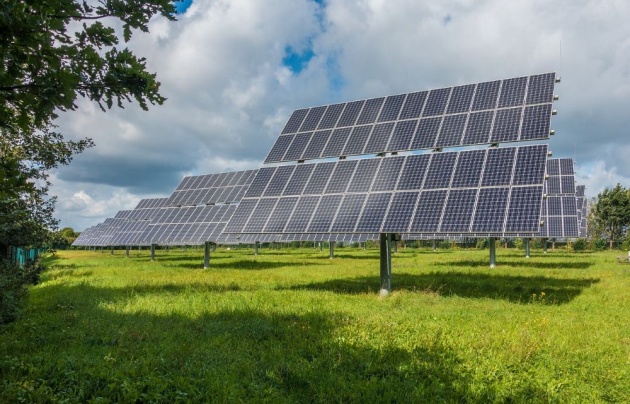
Image Credits: mrganso Via Pixabay
Mechanical field
Accessories
The resistance and the chemical structure of the material makes it perfect to produce reinforced accessories as helmets, shoes and more adherent, faster and thermally efficient tires. A company, which produces sporting goods made a tennis racket, whose weight has been balanced by using graphene to make the central part of it.
Building
By adding a little bit of graphene into the cement blend, it can be made soundproofing.
Transports

Image Credits: herbert2512 Via Pixabay
Airplanes, trains and cars could be made of graphene in order to make them lighter and more resistent; in this way they will consume less fuel and increase their autonomy, becoming at the same time safer.
Environmental field
Filters

Image Credits: Quangpraha Via Pixabayy
Graphene could solve two among the biggest problems of our planet: environmental pollution and the lack of drinking water. Thanks to the graphene chemical structure, which looks like a network, this material is waterproof; it means that if we put it into the water, it leaves the water flowing through it and blocks every other molecule. In this way, it will be possible to produce very efficient filters that can desalinate the oceanic water and clean it, by blocking every other pollutant. Millions people will be able to drink clean water every day. The same property applies to the gasses: graphene can block pollutants in the air and it could be used in every plant that produces polluting gasses and inside the silencers of petrol cars as well, in order to block the damaging gasses and produce from them biofuels.
Sponges
Graphene can be used to clean the water polluted by fuel. In fact, its structure can trap the fuel molecules and keep them inside the network, on which they bound with the carbon atoms. Graphene can absorb an amount of fuel 90 times higher than its weight. Once the cleaning process is complete, fuel can be recovered by squeezing out the sponge in security conditions.
Video Credits: Alberto Monti Via YouTube
Energetic field
Graphene can be used in the place of Platinum, which is running out, like a stocking and transporting system of energy. In fact, if it is "curled", hydrogen atoms bind on the crest of the material in a very stable way. Since the hydrogen is one of the most common element in the Universe, these systems could pave the way to the new hydrogen-based economy which is the most desirable scenario possible. To release the hydrogen is enought to curle graphene in the opposite direction or invest it with a deformation wave that breaks the binds betweeen hydrogen and carbon atoms.
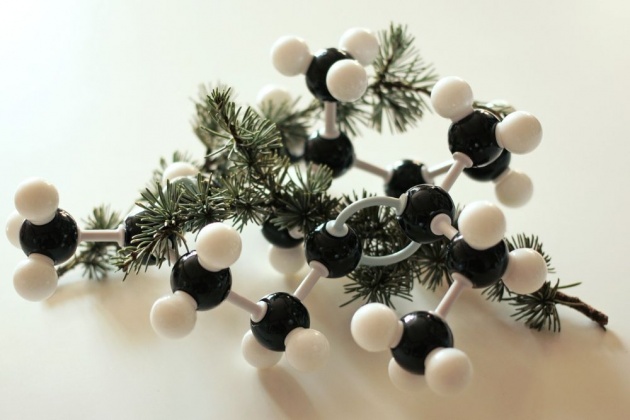
Image Credits: anandasandra Via Pixabay
Medical field
Graphene is bactericide, more powerful than antibiotics, because it affects bacteria, saving human cells. It has an antimicrobial, antioxidant, cicatrizant and detergent function. The versatility of organizing in three-dimensional scaffolding, makes it perfect for stimulating the regeneration and the growth of the skeletal system. Furthermore, it can combine with biomolecules and enzymes, improving the action of drugs.
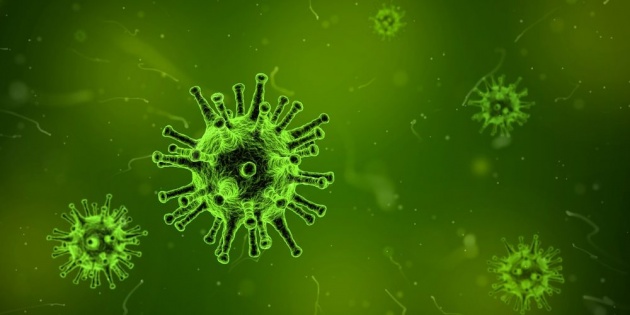
Image Credits: qimono Via Pixabay
Research projects
Currently, there are a lot of research projects all over the world. Europe has allocated one billion euros for ten years (until 2023) for the Graphene Flagship project, the highest investment ever, whose purpose is to know more about this incredible material and develope prototypes that can be converted into industrial products on a large scale as soon as possible.
On the final note
There is still a lot of job to do but the future has never been as close as now. This material, obtained from an apparently useless (for technological applications) piece of graphite, could really change our World and our technology, allowing us to do more and more complicated researches, starting from a higher technological level, and live a better life.
Thanks, my friends, for reading. I wish you the best for the awesome future that is waiting for us.
Here, there is a Querlo Chat which you could find useful.
▓▄▀▄▓▀▄▀▓▄▀▄▓▀▄▀▓
Written for Bitlanders
by Pixor
Thanks for your attention.
Pixor, student in electronic engineering at the Polytechnic University of Bari, Italy. Curious and passionate about science, technology, animals, travels, history and music.
Here there are my BLOGS.
¤¤¤¤¤¤¤¤¤¤¤¤¤¤¤¤¤¤¤¤¤¤¤¤¤¤¤¤¤¤¤¤¤¤¤¤¤¤¤¤¤¤¤¤
Do you like writing?
Do you want to become a blogger and earn from your blogs?
So, subscribe to bitlanders by clicking HERE and join our big family.
¤¤¤¤¤¤¤¤¤¤¤¤¤¤¤¤¤¤¤¤¤¤¤¤¤¤¤¤¤¤¤¤¤¤¤¤¤¤¤¤¤¤¤¤
You may also read:
• Holidays in Apulia: what to see, where to go, what to know
• The Majorana particle finally captured. What will happen now?

